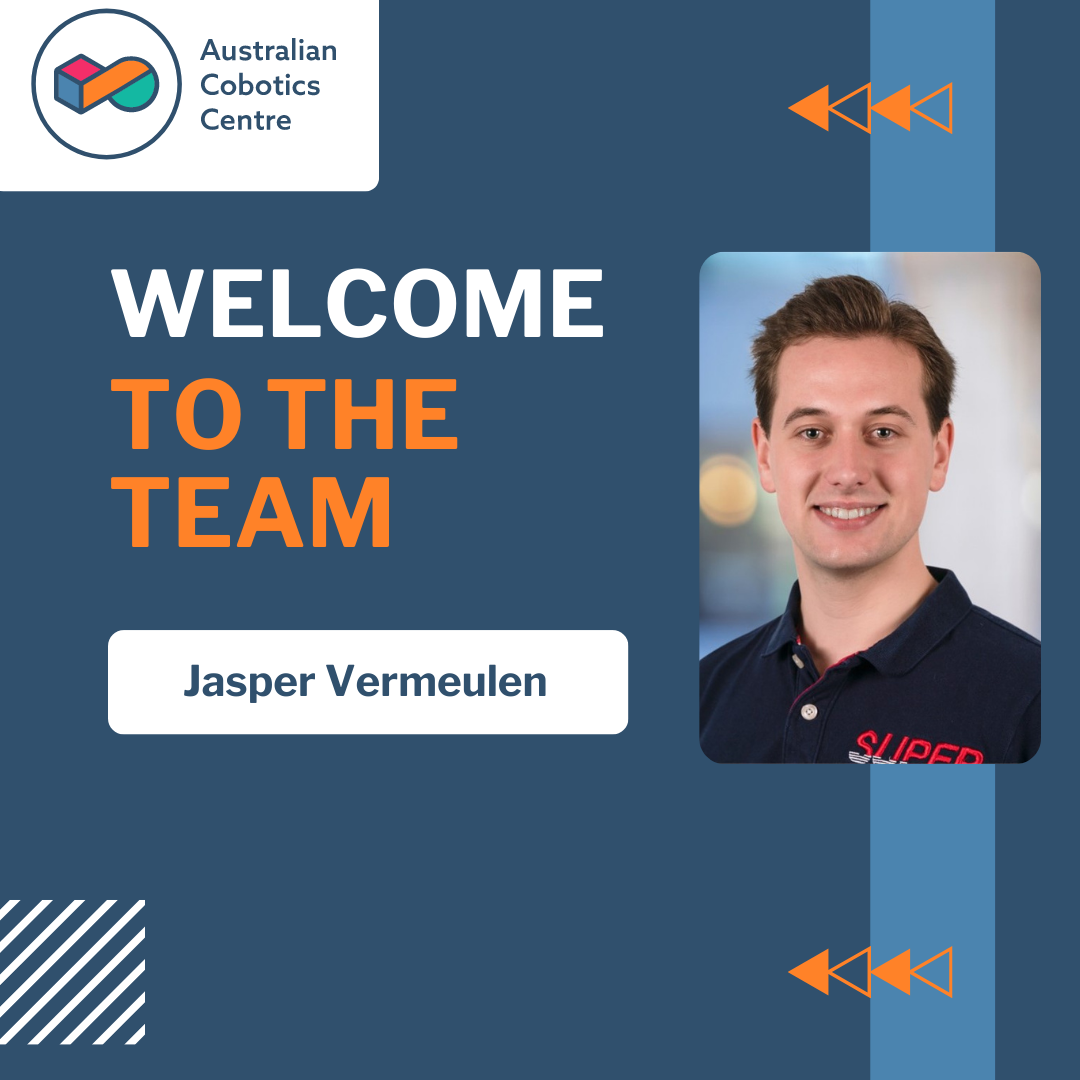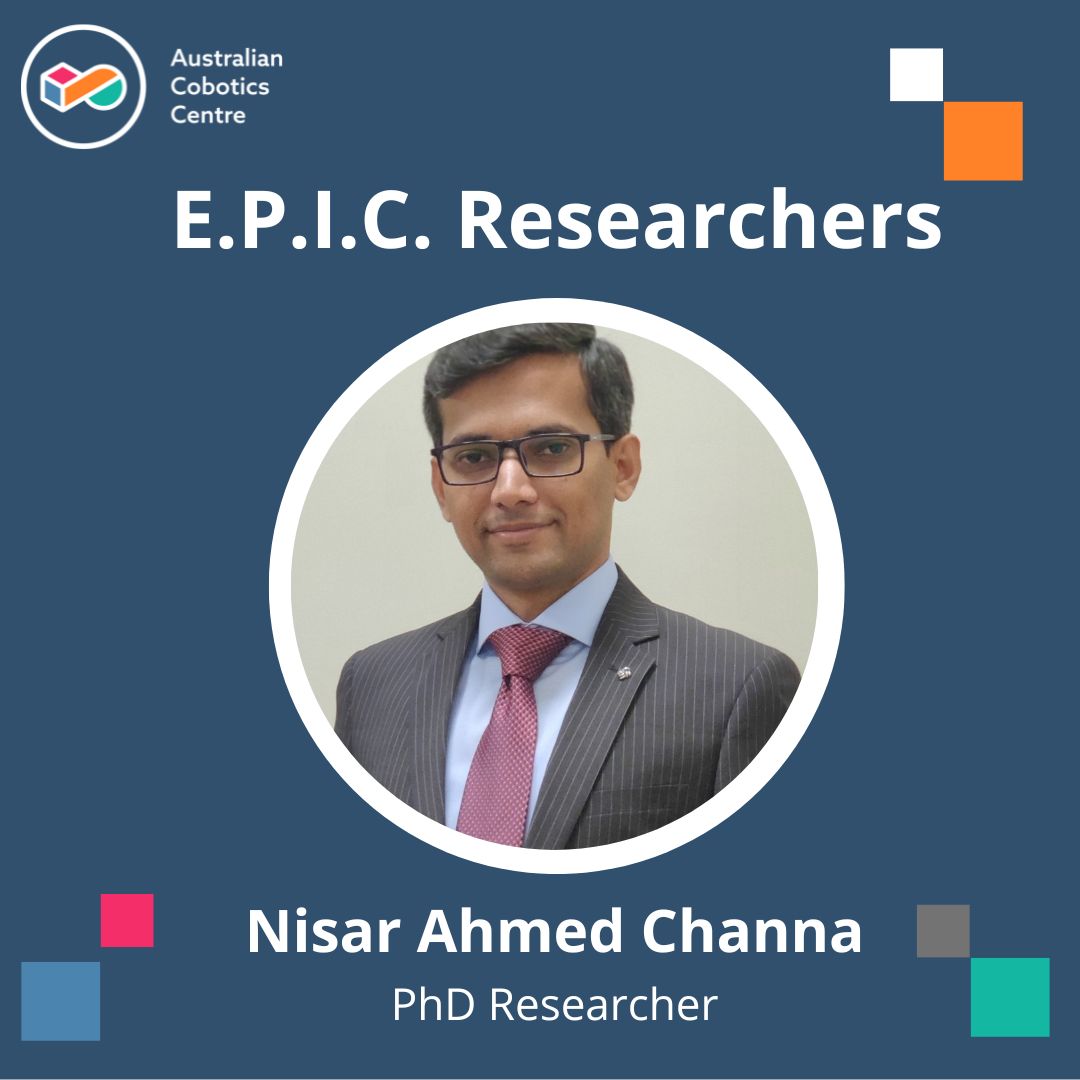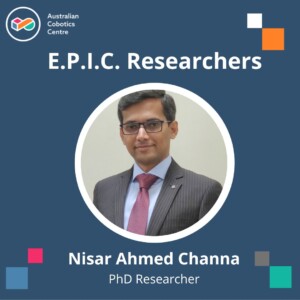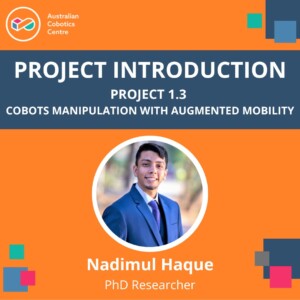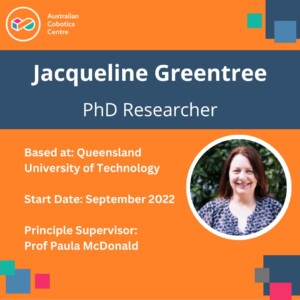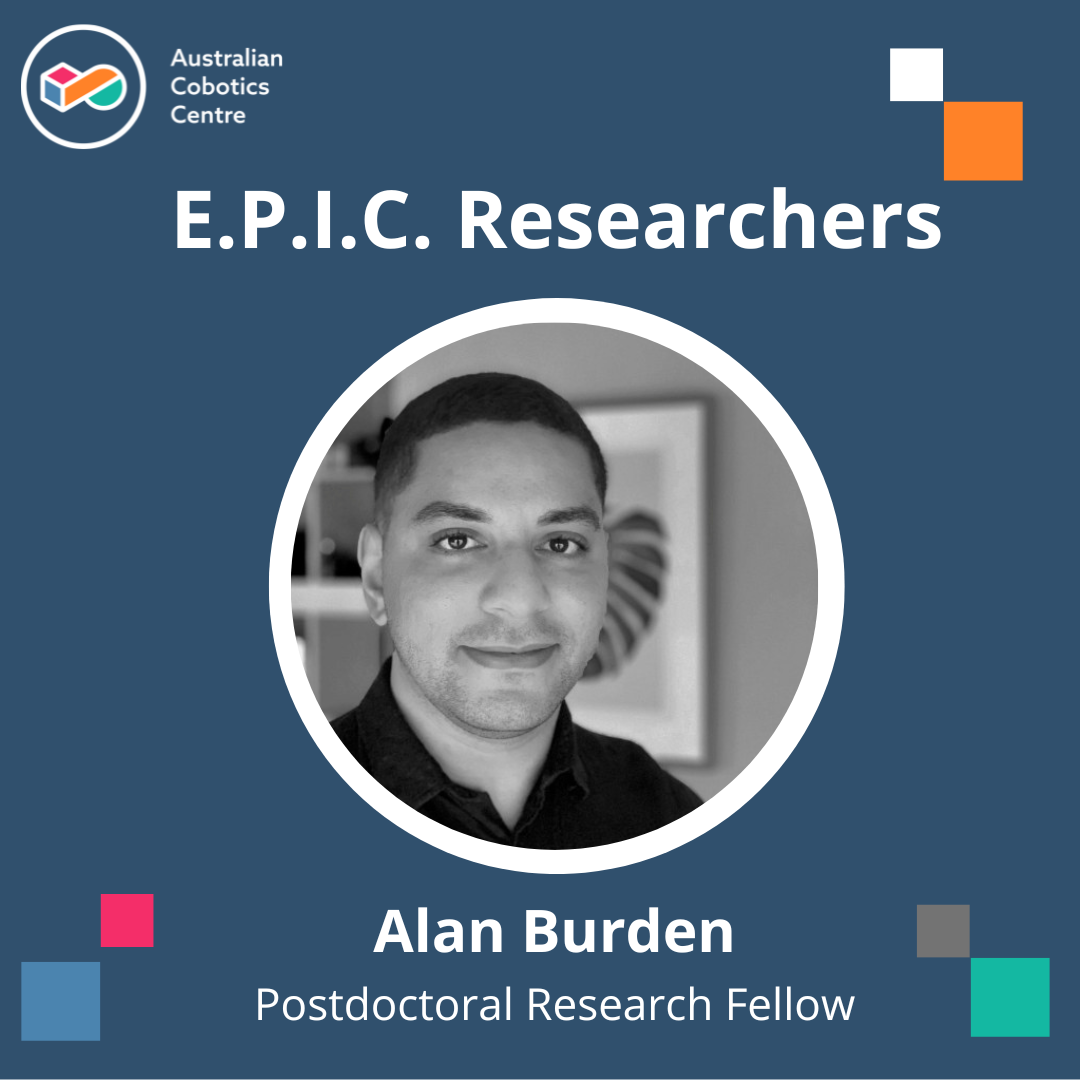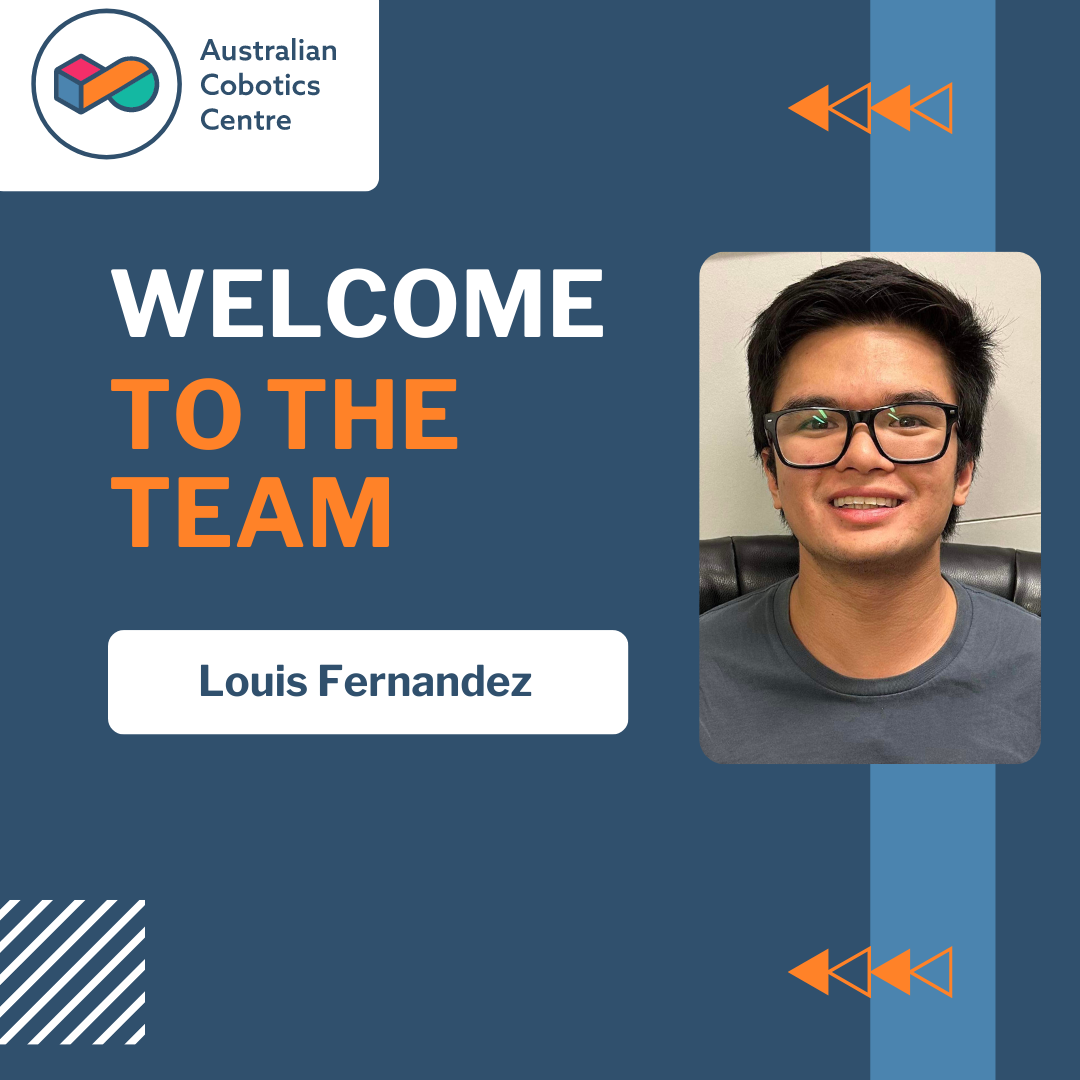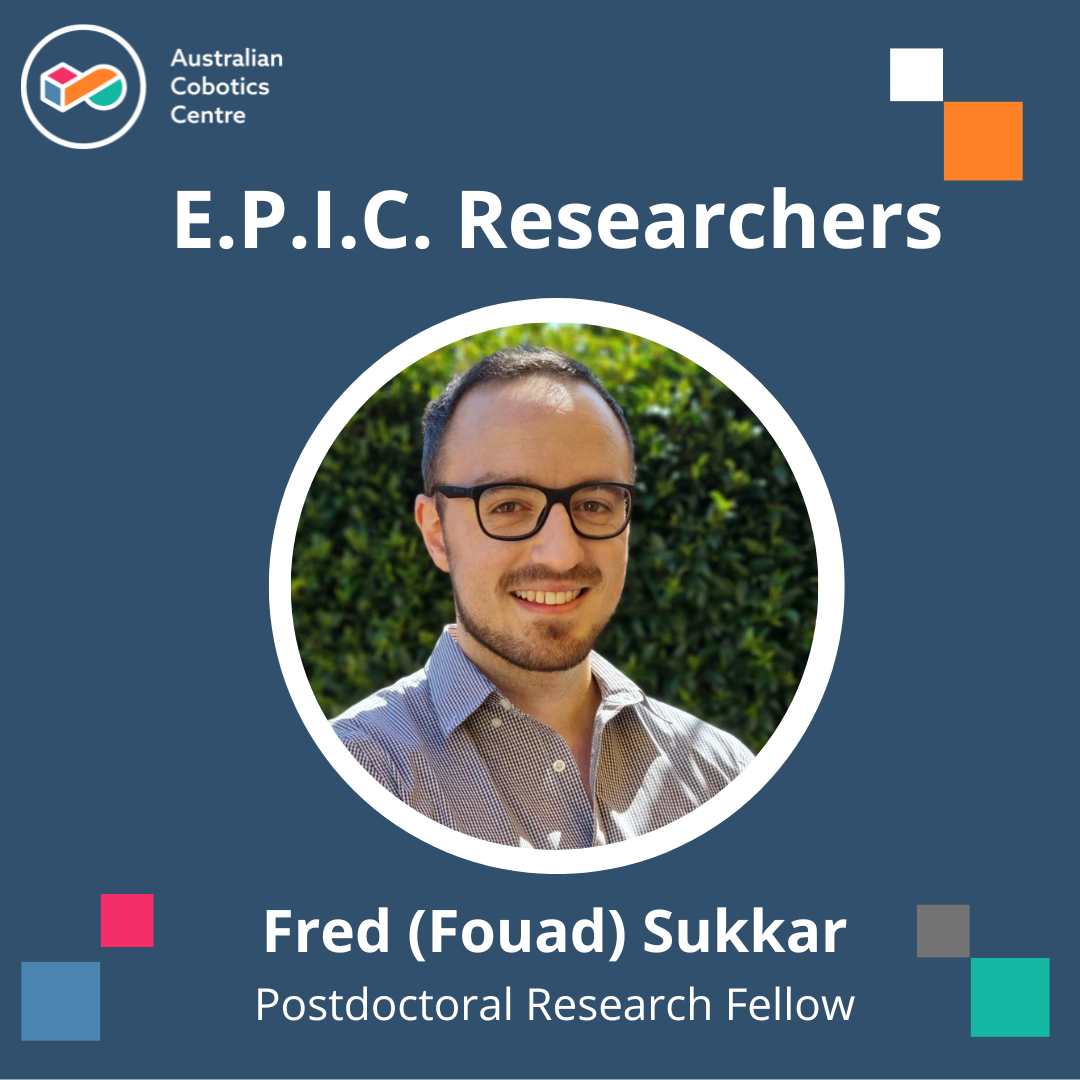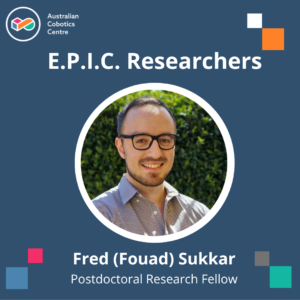The Australian Cobotics Centre‘s researchers from the UTS Robotics Institute, in collaboration with a talented group of undergraduates, has made significant progress by developing an inverted robot mount for their ongoing project with InfraBuild. This development brings their proof of concept one step closer to real-world implementation.
The project was proudly presented at the UTS Tech Festival Robotics Showcase, where the custom inverted robot mount, designed by the undergraduate students, was among the highlights. The mount was developed for a collaborative research project between the Australian Cobotics Centre and InfraBuild.
The student team, consisting of Alfred Lewis, Jack Bigland, Khoder Ali Ahmad, Jawad Rashid Rakin and Shubesh Iyer, received recognition for their industry-ready design. They worked on optimising the reach of the collaborative robot (cobot) arm to remove short, off-spec steel bars from a conveyor belt on the production line.
Fouad (Fred) Sukkar, a UTS-ACC postdoctoral fellow, provided valuable advice on the safe implementation of the cobot in the industrial environment, contributing to the project’s success.
The inverted robot mount represents a significant advancement in industrial automation, streamlining the production process and improving efficiency in handling materials.
The collaboration between academia, represented by the Australian Cobotics Centre and UTS Robotics Institute, and industry partner InfraBuild, has proved fruitful in driving technological innovation and practical solutions for real-world challenges.
The team’s dedication and innovative approach in developing the inverted robot mount demonstrate the potential of collaborative efforts in pushing the boundaries of automation and robotics.
Read more about the Shorts’ Project HERE

